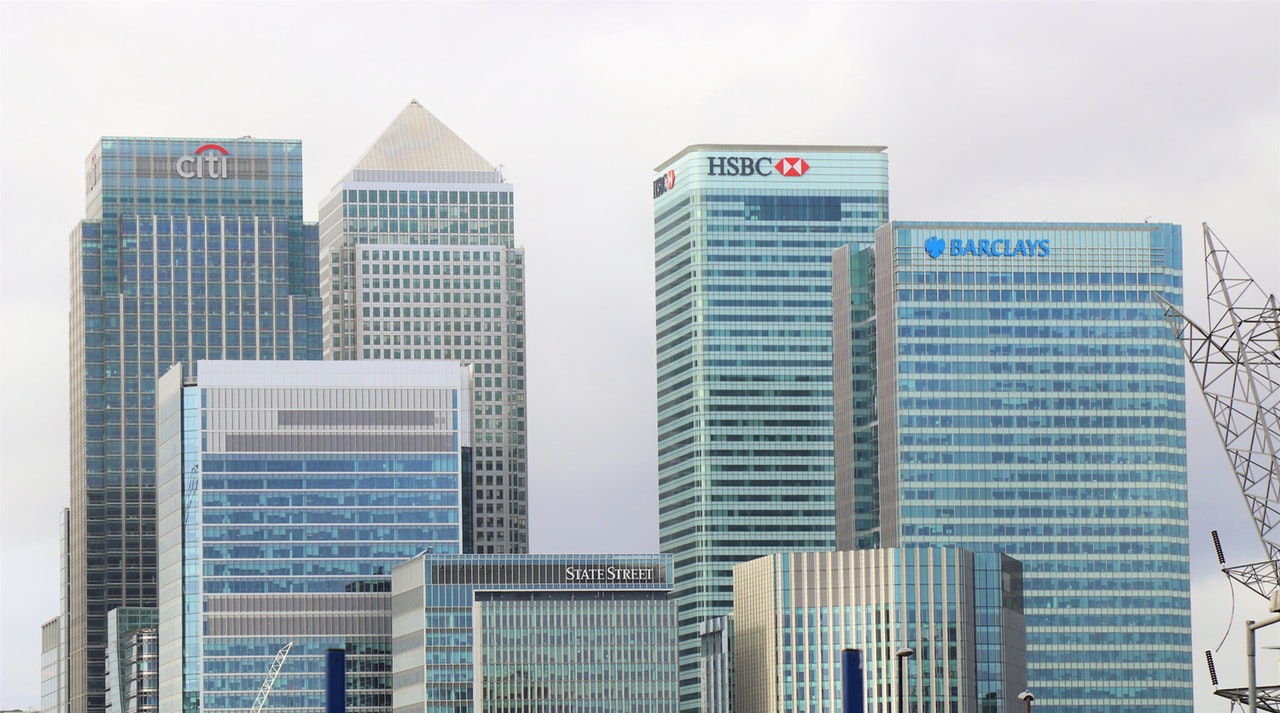
Barclays, which today reported robust Q3 earnings, told investors that lessons learned from Open Banking and a major digitalisation programme in the UK gave it a “strong edge” as pursued an aggressive push into US retail banking.
The bank launched an open banking platform in September. It describes itself as “the first major high street bank offering a true open banking API aggregation solution, within our app” as it continues to invest in digital transformation.
(This allows customers to link different current accounts together within the Barclays app. The bank reported having 4.8 million digital only customers in Q3).
Barclays Results: “We Can Apply Lessons Across the Atlantic”
CEO Jes Staley said: “As well as targeting growth from the existing portfolio, we want to build our US consumer offer out from its strong base, and as part of that we are planning to launch next year a digital-only current account.”
He added: “As we develop that consumer offer in the US, we have a huge edge in being able to leverage the knowledge and technology leadership of Barclays UK, and apply that across the Atlantic.”
Rapid Rise in Automation
The comments by CEO Jes Staley in a conference call on Barclays results came as the financial services giant reported that 49 percent of all its product fulfilment is now happening digitally, and an impressive 89 percent of customer service transactions automated.

For those following the ongoing digital transformation efforts in the corporate and investment banking sector, a case study from the bank’s corporate banking arm stood as a refreshingly straightforward illustration of the benefits of digitalisation.
See also: Meet the ‘Conductor’ of the Open Banking Orchestra
Jes Staley said on a conference call: “We process more than 6 million corporate payments a day, at a typical total daily value of around £350 billion.
“Electronic initiation of such payments is preferred by both us and our customers. It is quicker, cheaper, and less error prone than manual processing, and it is also much less susceptible to fraud, so it’s safer.
“We saw that there was a sizeable proportion of our Corporate Banking client base still making payments requiring a high degree of manual intervention – principally through faxed instructions, which could take up to 4 hours to process.”
He added: “So we invested in an easy access electronic system for that client base to initiate payments, and then trained them in how to use it.”

“Corporate fax payments across EMEA and APAC dropped from an average of 4000 a week in Quarter 1 of 2017, to around 250 today, and that number continues to go down. Migrating to a self-serve digital model moved the processing time to literally seconds, and improved the client experience enormously.”
Barclays Results: On Track to Shift all European Operations to Ireland
The bank reported profit before tax of £5.3 billion, and double digit returns in both Barclays UK and Barclays International.
It is on track to transfer all of its UK-based EU operations to Barclays Bank Ireland, and expects Barclays Bank Ireland “in its new incarnation” to be fully operational before the UK’s exit from the EU in March, the CEO added.







